A Vision for Ending Pandemics
Five Components of Systems Change to Expand Epidemic Intelligence
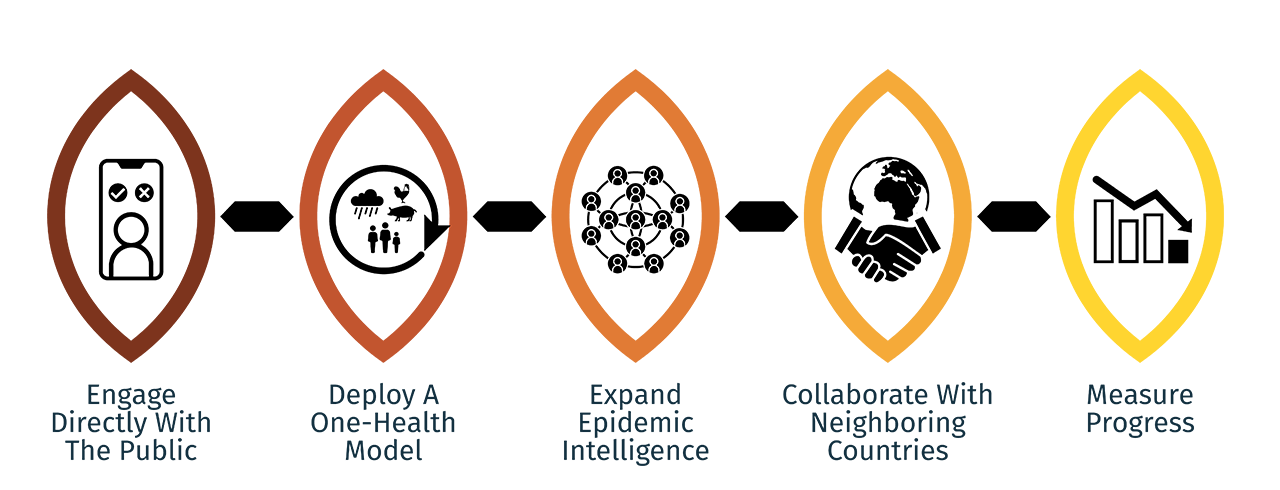
You are using an outdated browser. Please upgrade your browser to improve your experience.
Realizing this vision requires all countries to detect the earliest signs of any potential outbreak fast enough to take local action and prevent global spread. We work with countries to improve their early detection and response capabilities. Based on the need, this can include developing a participatory surveillance system, partnering with private sector to leverage funding for early detection and response or providing catalytic funding and technical support to develop data visualization for action.
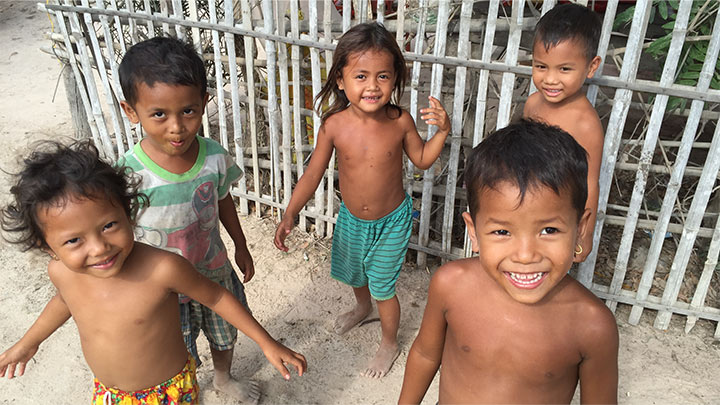

Countries that engage their populations in direct reporting of symptoms of illness or adverse events are earlier to detect and faster to respond to any emerging health crisis.
No one understands that something is “not right” in a community better than someone within it. The first evidence of a disease spreading may appear as a cluster of symptoms among more than one person in a given locality.
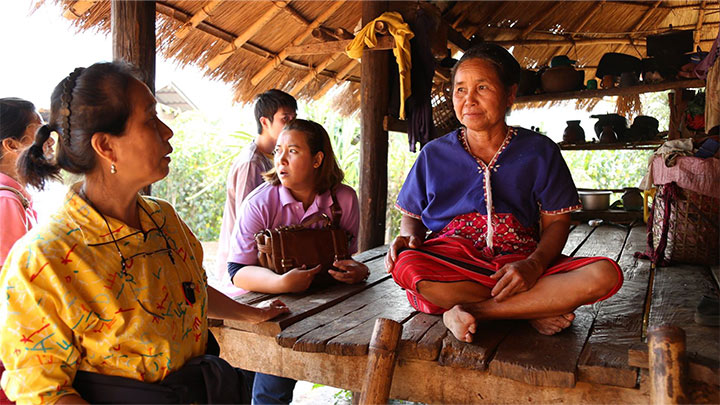
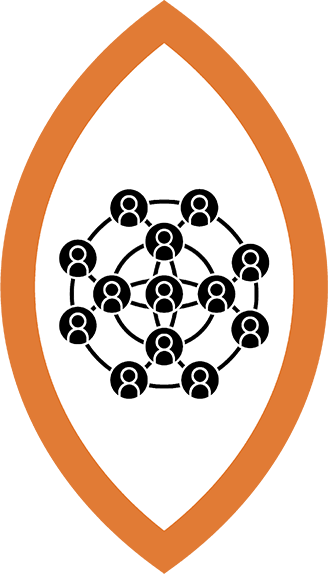
Data analytics, crowd-sourced experts, and diagnostic capacity can enhance local epidemic intelligence and contribute to global health security.
Historically, epidemic intelligence relied on traditional epidemiologic methods by trained professionals, i.e., shoe-leather epidemiology. When a suspected outbreak was detected, epidemiologists investigated the situation, conducted observational or case-control studies, and implemented prevention and control measures based on their findings.
Learn More
Learn about EpiCore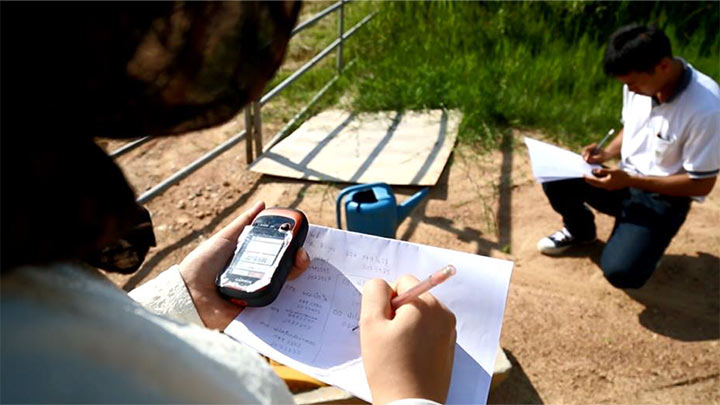
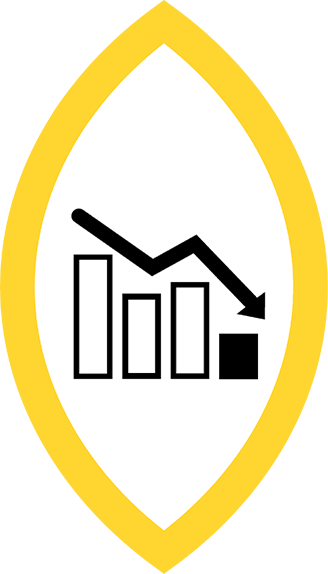
Standardized metrics allow quantitative assessments of timeliness in detection and response to benchmark improvements and evaluate investments in disease surveillance.
The age-old adage, ‘what gets measured gets done,’ holds true for the prevention and control of emerging infectious diseases. Many efforts to capture country capacities in dealing with emerging infectious disease threats have arisen in the past few years.
Learn More
Timeliness MetricsEarly detection is by far the most achievable and cost-effective way to prevent a threat anywhere from becoming a threat everywhere. At a minimum, applying our five components of systems change will enable robust disease prevention and control in the planetary hotspots for emerging diseases.
